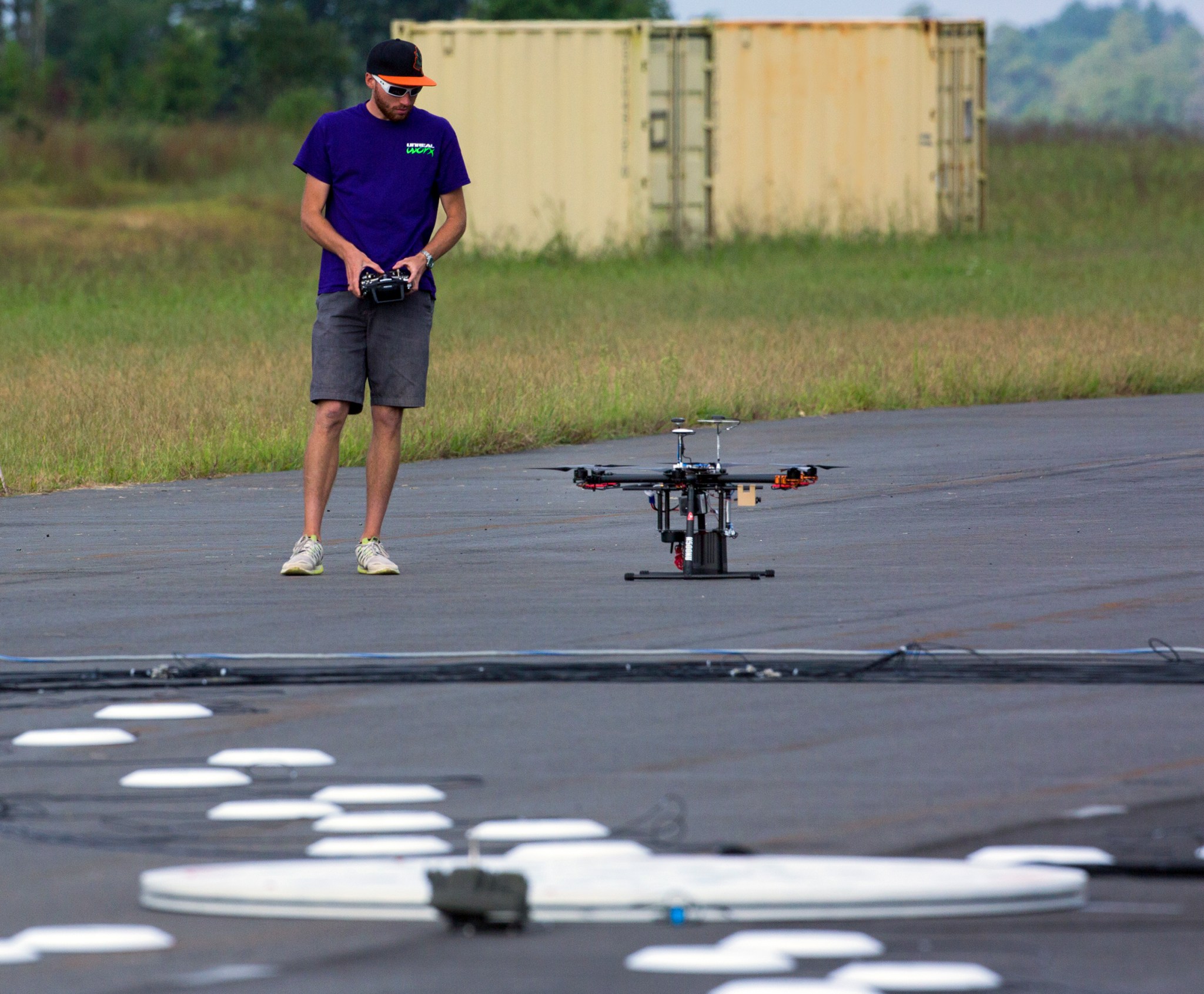
NASA, the Federal Aviation Administration (FAA), industry leaders and academic partners are actively supporting the Office of Science and Technology Policy’s (OSTP) “Drones and the Future of Aviation” Workshop scheduled Tuesday, August 2.
The workshop brings together experts in a variety of fields to explore issues related to airspace integration; public and commercial uses for unmanned aircraft; and ways to ensure safety, security, and privacy in this emerging field.
Jaiwon Shin, NASA’s associate administrator for aeronautics, will join several other leading dignitaries on a panel to discuss the “Role of Data and Research and Development in Policymaking” from 10:15 to 11 a.m. EDT.
During afternoon sessions, John Cavolowsky, NASA’s Airspace Operations and Safety Program director, will co-facilitate a breakout session on implementing Comprehensive Integration: A Smarter National Airspace System. Parimal Kopardekar, NASA’s Safe Autonomous Systems Operations Project Manager at the Ames Research Center in California, will co-facilitate another breakout session on Low-Altitude Airspace Management and UAS Traffic Management (UTM).
NASA, working closely with the FAA, is working on a traffic management system that enables UAS pilots to file flight plans, gain approval, and fly safely in the national airspace while ensuring airspace separation between manned and unmanned aircraft.
Work to build a safe and operational UTM is divided into four “Technical Capability Levels,” each more complex than the previous as different operational environments, software, procedures and policy requirements are demonstrated.
Technical Capability Level One, which ended late last year, focused on field testing rural UAS operations for agriculture, firefighting and infrastructure monitoring. It enabled UAS operators to file flight plans reserving airspace for their operations and provide situational awareness about other operations planned in the area.
Technical Capability Level Two, scheduled for October 2016, in Reno, Nevada, will research applications that operate beyond visual line of sight of the operator in sparsely populated areas. The system will provide flight procedures and traffic rules for longer-range applications.
Technical Capability Level Three, scheduled for January 2018, will include cooperative and uncooperative UAS tracking capabilities to ensure collective safety of manned and unmanned operations over moderately populated areas.
Technical Capability Level Four will involve higher-density urban areas for autonomous vehicles used for newsgathering and package delivery, and will offer large-scale contingency mitigation. This level is targeted to be demonstrated during 2019.
The OSTP workshop will be livestreamed at www.whitehouse.gov/live and www.nasa.gov/live. Panel discussion highlights also will be posted on Twitter using the hashtag #drones. OSTP also will post a Fact Sheet and blog post outlining new Federal agency commitments in this emerging area.
Click here to read the OSTP Fact Sheet.































